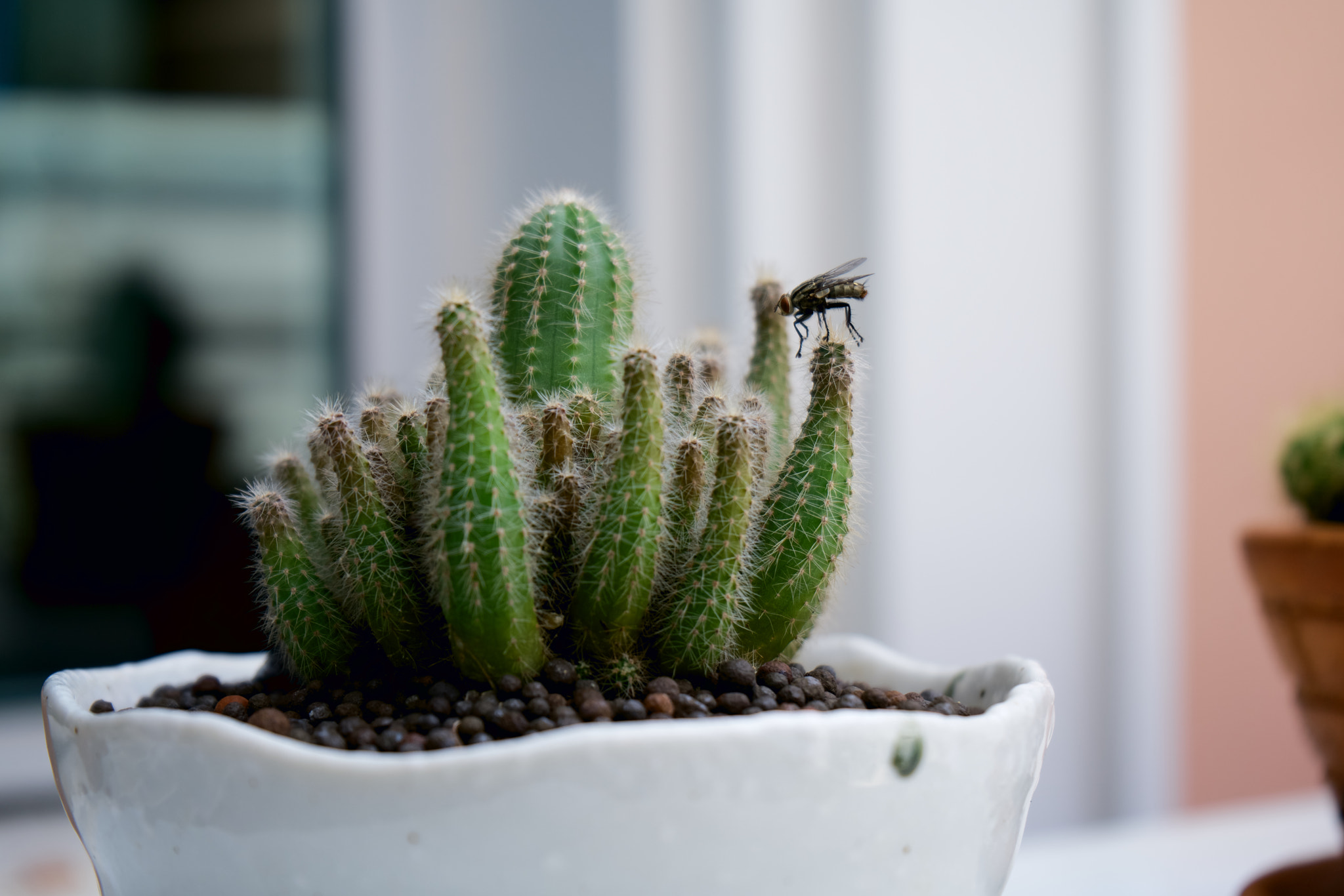The Lazy Way to 3d Garden Design
페이지 정보

본문
One of the key advantages of 3D garden design is the ability to visualize and plan a garden space before any physical work begins. This allows designers and homeowners to experiment with different layouts, plantings, and features to create the perfect outdoor oasis. With 3D technology, it is possible to view the garden from multiple angles, including aerial views, which provides a more comprehensive understanding of how the space will look and function once completed.
Regardless of the specific software chosen, the key to successful 3D garden design is understanding how to use the tools effectively and creatively. Practice and experimentation are essential, as is staying up to date with the latest trends and developments in the field.
Furthermore, tropical houseplants can enhance productivity and concentration in indoor environments. Research has demonstrated that the presence of plants in workspaces can improve focus, creativity, and cognitive function, leading to increased productivity and efficiency. By creating a more inviting and naturalistic atmosphere, tropical houseplants can help individuals feel more connected to their surroundings and motivated to work.
Gardens have always been a cherished part of homes, providing a tranquil space for relaxation and enjoyment. With the advancements in technology and design tools, 3D garden design has become increasingly popular and accessible to homeowners. This revolutionary approach to landscaping allows individuals to visualise their outdoor space in a realistic and detailed manner before making any physical changes. In this article, we will explore the benefits and techniques of 3D garden design, and how it can transform your home's outdoor space.
In plants, there is a softness that helps warm a home by its organic forms that contrast exquisitely with the straight lines of space and furniture. The plant pot you select is just about as important as the plant itself. Before investing in a planter, consider your interior scheme; if your home is inspired by tropical stick to bamboo or natural material.
Layout is the foundation of any garden design. Before starting any planting or hardscaping work, it is important to consider how you will use the space and how different areas of the garden will flow together. This can be achieved by creating a garden plan, which outlines the location of plants, pathways, seating areas, and other key features.
 Formal garden designs are characterized by geometric shapes, symmetry, and structured plantings, while informal designs are more relaxed and natural, with curving pathways and mixed plantings. Contemporary garden designs often feature clean lines, minimalistic plantings, and modern materials, while traditional designs are inspired by historical gardens and feature classic elements such as topiaries, formal hedges, and statuary.
Formal garden designs are characterized by geometric shapes, symmetry, and structured plantings, while informal designs are more relaxed and natural, with curving pathways and mixed plantings. Contemporary garden designs often feature clean lines, minimalistic plantings, and modern materials, while traditional designs are inspired by historical gardens and feature classic elements such as topiaries, formal hedges, and statuary.Lighting and planting play a crucial role in the overall aesthetics and functionality of a garden. In a 3D garden design, designers can simulate different lighting conditions and plant placements to optimise the visual appeal and practicality of the outdoor space. By adjusting the position of lights and plants in the 3D model, homeowners can ensure that their garden is bright, welcoming, and easy to maintain.
Some popular tropical houseplants for indoor spaces include the Monstera deliciosa, known for its large, glossy leaves and striking Swiss cheese-like patterns. The Peace Lily, with its elegant white blooms and dark green foliage, is a popular choice for adding a touch of elegance to any room. The Snake Plant, with its upright, sword-like leaves, is a hardy and low-maintenance plant that can thrive in a variety of conditions.
As the trend of bringing the outdoors inside continues to gain popularity, tropical houseplants have become a staple in many homes across the UK. These versatile and vibrant plants not only add a touch of greenery to indoor spaces but also offer a host of benefits for both physical and mental well-being. From improving air quality to boosting mood and productivity, tropical houseplants are a must-have for any indoor plant enthusiast.
 When it comes to designing a garden, there are several key elements to consider. These include the layout, plants, hardscaping features, and overall style. By carefully planning and combining these elements, you can create a garden that reflects your personality and enhances the beauty of your home.
When it comes to designing a garden, there are several key elements to consider. These include the layout, plants, hardscaping features, and overall style. By carefully planning and combining these elements, you can create a garden that reflects your personality and enhances the beauty of your home.In addition to their air purifying abilities, tropical houseplants can also help to increase humidity levels in your home. Many tropical plants are native to humid environments and require high levels of moisture to thrive. By misting your plants regularly or placing them near a humidifier, you can create a more comfortable and healthy indoor environment, especially during the dry winter months.
In addition to improving air quality, tropical houseplants can also have a positive impact on mental health. Studies have shown that the presence of plants in indoor spaces can reduce stress, anxiety, and depression, while improving overall mood and well-being. The act of caring for plants, known as horticultural therapy, has been shown to have a calming and therapeutic effect on individuals, promoting relaxation and mindfulness.
- 이전글Three Stunning Examples Of Beautiful 출장마사지 24.07.11
- 다음글Sports Toto Site: Betting Your Way to Fun with Flair! 24.07.11
댓글목록
등록된 댓글이 없습니다.


 블로그체험단 바로가기
블로그체험단 바로가기